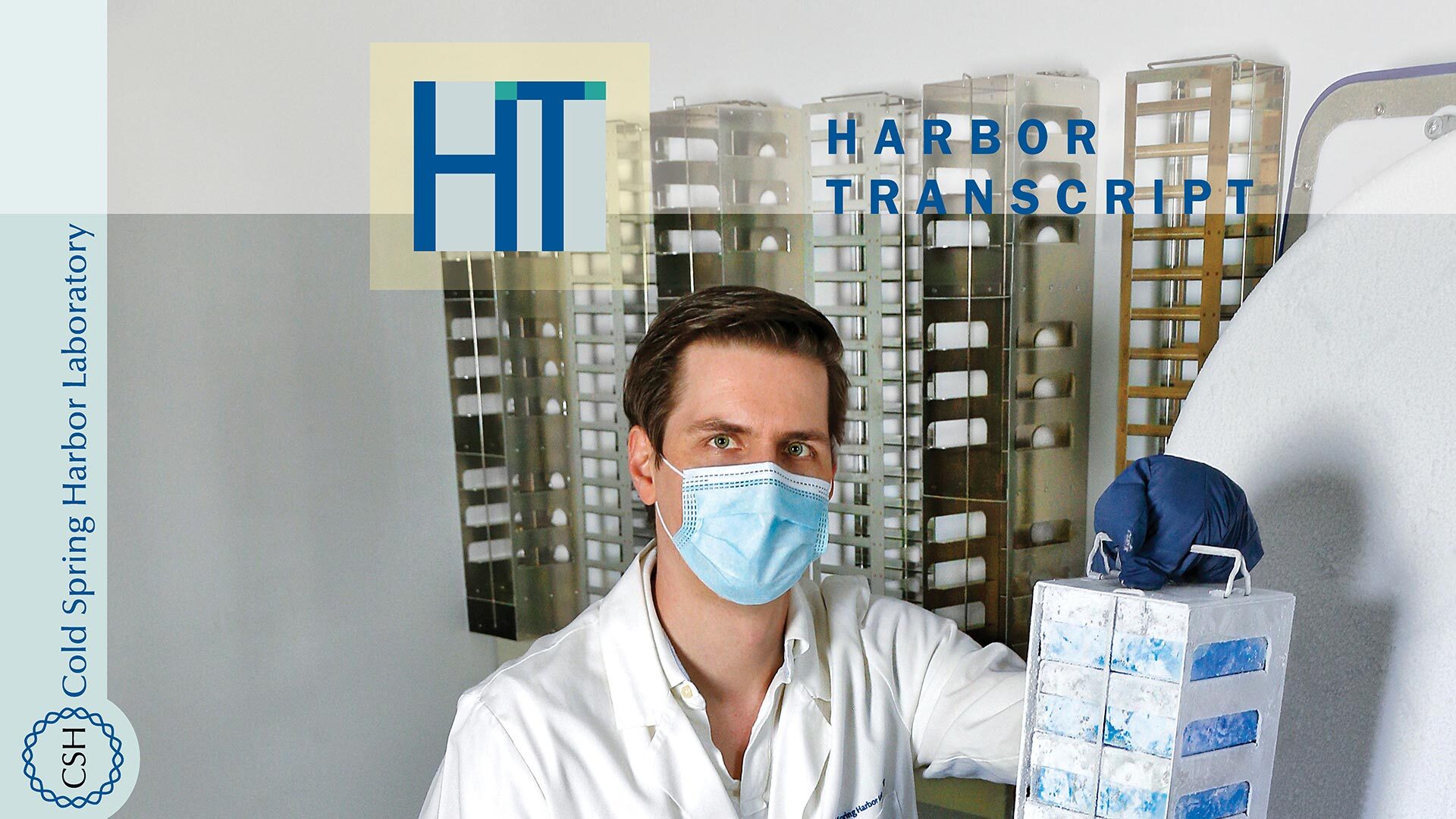Cold Spring Harbor Laboratory (CSHL) celebrated its 130-year anniversary in 2020. Throughout our rich history, the Laboratory has consistently demonstrated the value of its research and education programs to society. CSHL’s efforts in response to the COVID-19 pandemic have been significant. Research in our laboratories as well as initiatives to accelerate the exchange of scientific findings worldwide have informed front-line clinicians and policy makers. I applaud the 1,100 CSHL heroes of this pandemic—our employees, students, and faculty—who are responsible for the powerful societal impact of the Laboratory.
Every person at CSHL makes a difference and in this magazine, you will come to appreciate the many individuals who contribute in unique ways to our critical infrastructure. Let me introduce you to some of our campus heroes who are on the job throughout the pandemic delivering mail, trimming trees, repairing plumbing, serving food, caring for animals, processing samples, and maintaining computers. Without these professionals, research and education programs would have stopped.
Let me also introduce Rebecca Leshan, Ph.D., director of CSHL’s influential think tank—the Banbury Center. Established in 1978, meetings at Banbury have shaped science and public policy. You might be surprised by its breadth of impact, which ranges from how Lyme disease is diagnosed and treated, to the application of patent law to living organisms developed through biotechnology, to how the criminal justice system uses DNA evidence.
Innovation is a hallmark of the Laboratory, which was recognized this year as the #1 research institute in innovation impact by the Bush Center. One of the most exciting new technologies emerging from CSHL is the use of 3D tissue models called organoids. Organoids allow scientists and clinicians to rapidly and precisely probe human tumors for information to diagnose and personalize treatments. With a new organoid facility, we are now, in collaboration with the New York Genome Center and Northwell Health, deploying organoid technology on a large scale across the New York City population. We are investigating how the presence and progression of cancers differ between different ethnicities.
I hope these stories will expand your perspective on how CSHL does science. Of course, scientists do science, but not without a complex infrastructure built and maintained by a robust and diverse community of administrators, technicians, and support staff. Thank you for continuing to support the critical work that each one of CSHL’s 1,100 heroes does to make this institution so strong and impactful worldwide.
— Bruce Stillman
“President’s message”
Harbor Transcript, Volume 40, Issue 2, 2020

